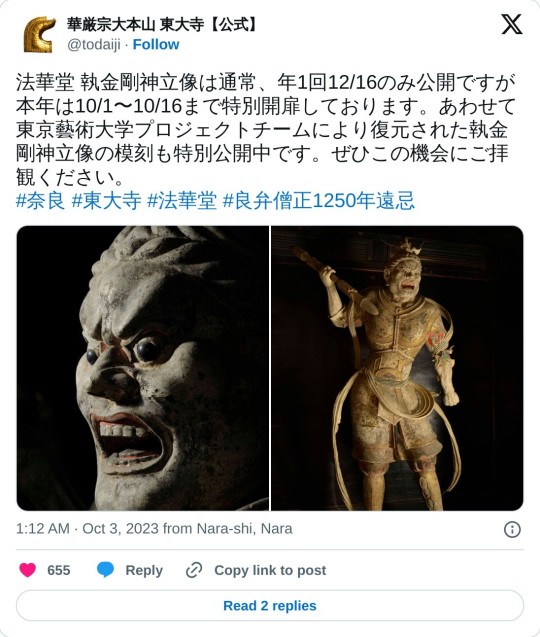#金剛寺
Explore tagged Tumblr posts
Text
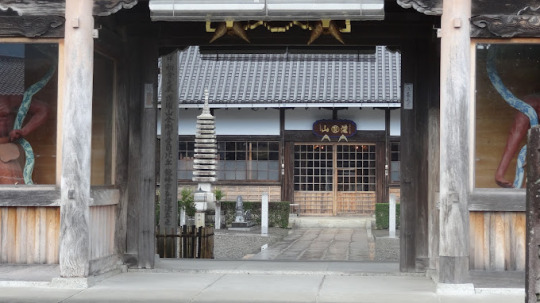
A view through the temple gate of Kongōji Temple (金剛寺) in Owase, Mie Prefecture
Photo by チーズダブルバーガーテリヤキ [Cheese-Double-Burger-Teriyaki] in 2017
16 notes
·
View notes
Text




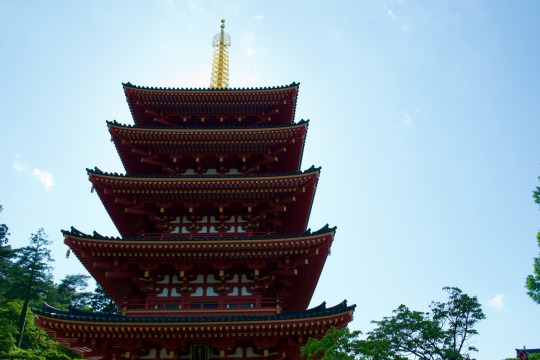
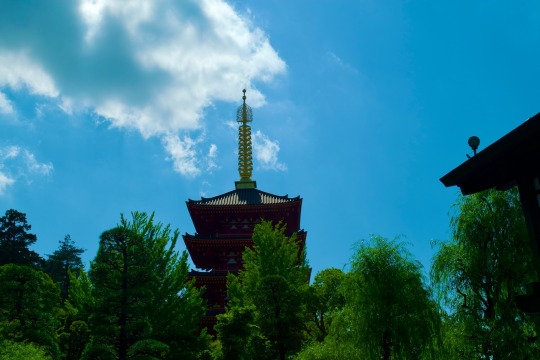
I took a picture of Kongo-ji Temple of Takahata Fudoson in Hino City, Tokyo.
#japan#japan travel#japan trip#japanese#nature#japan photos#tokyo#japan vacation#landscape#tokyo tour#高幡不動尊#金剛寺#photographers on tumblr#japan photo now#photo#film photography#beautiful photos#photography#temple#tumblr#tokyo vacation#travel
10 notes
·
View notes
Text
金剛寺(兵庫県三木市)
Kongoji Temple.
本堂と鉄でできた五重塔
静かで清閑なお寺です。


3 notes
·
View notes
Photo
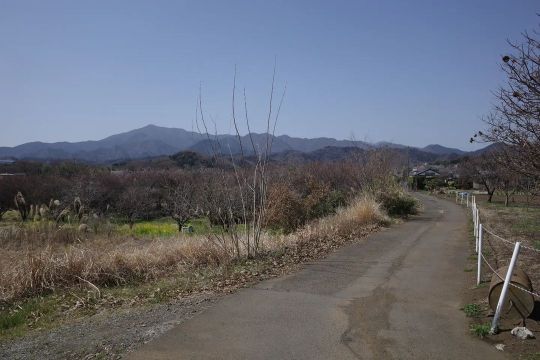
#坂東三十三観音 霊場巡礼道を使って、#厚木市 #飯山 の#金剛寺 と#七沢 の#鐘ヶ嶽 #浅間神社 に#養蚕 痕跡を探る#explore してきました。#行基 #日蓮 #良弁 #弘法大師 #親鸞 #武田信玄 が通った#中世 の道でしたよ。 https://www.instagram.com/p/CpsTLnTyoGX/?igshid=NGJjMDIxMWI=
1 note
·
View note
Text





京都 立本寺 🌸桜🌸
kyoto ryuhonji temple 🌸cherry blossoms🌸

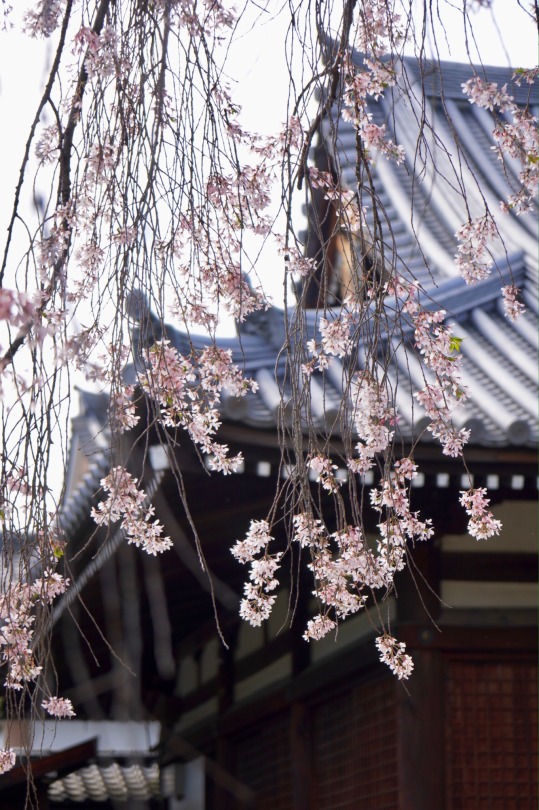



京都 法金剛院 🌸桜🌸
kyoto houkongoin temple 🌸cherry blossoms🌸
271 notes
·
View notes
Text
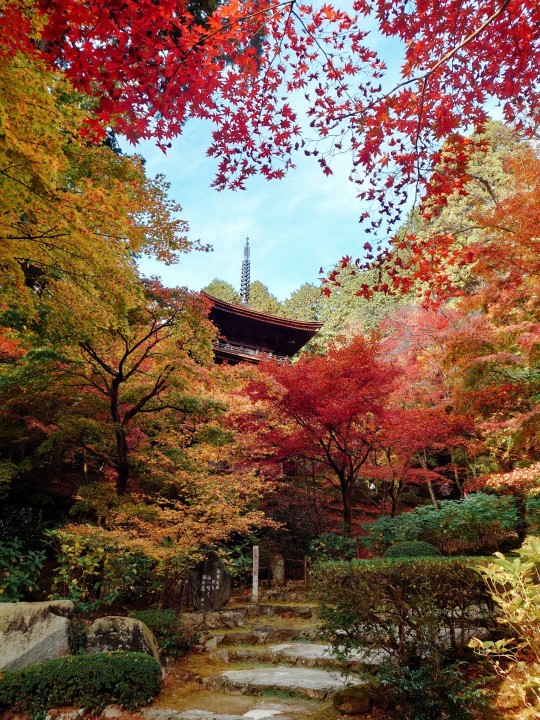
#おでかけ #金剛輪寺
境内の一番上にあるのは三重塔と本堂。二天門をくぐって進んでいくと、本堂と、左手には見事な紅葉の中に佇む三重塔が見えました。これは絵になる光景!
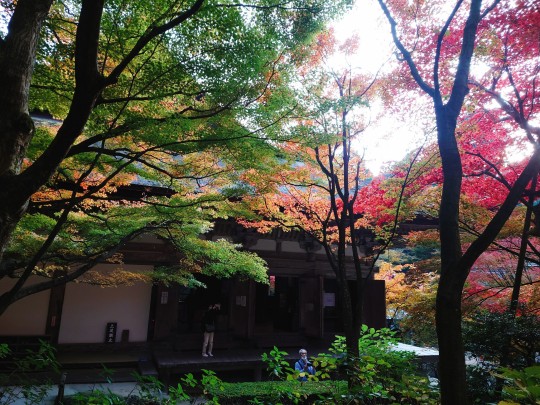
日当たりによって紅葉具合がかなり違っていて、真っ赤な葉から青もみじまでよりどりみどりで見れます。

三重塔を下から眺める。組み上げた木材が本当に見事。

紅葉と一緒に撮りたいけど、光の具合で上手くいかず……。
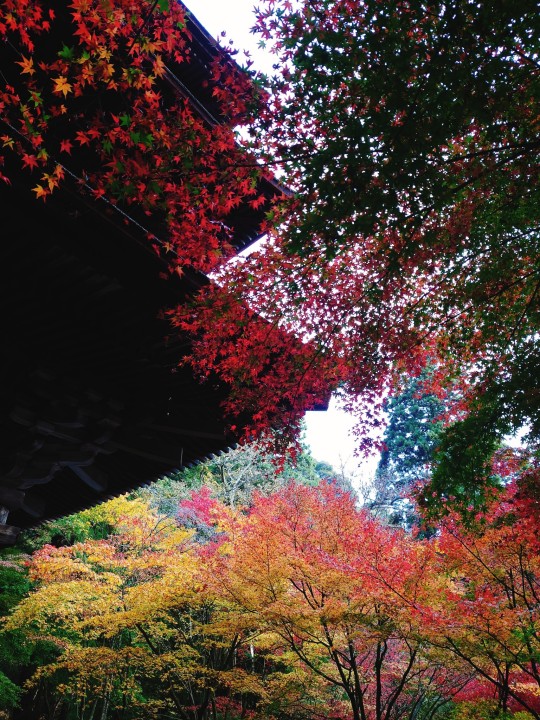
16 notes
·
View notes
Photo
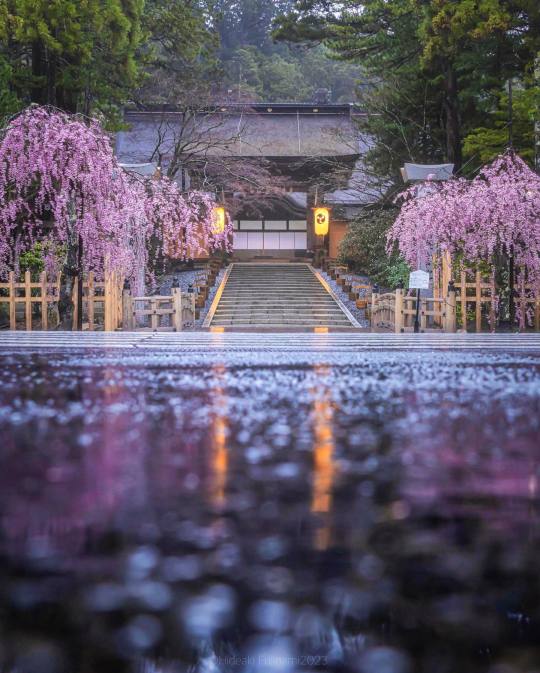
“ 高野山 金剛峯寺 “ // wasabitool
#高野山 金剛峯寺#Kongobu-ji Temple#Mount Kōya#Wakayama Prefecture#Japan#spring#Sakura#cherry blossom#aesthetics#wanderlust#explore#follow#discover
137 notes
·
View notes
Text

東大寺南大門「金剛力士像」 吽形(うんぎょう)像
2 notes
·
View notes
Text
恒公仁波切(摩訶法王)傳時輪金剛中精髓的時輪禪
恒公仁波切(摩訶法王)傳時輪金剛中精髓的時輪禪 恒公仁波切(摩訶法王)傳時輪金剛中精髓的時輪禪 【本報訊】恒公仁波切(摩訶法王)應國際佛教僧尼總會的邀請,為僧尼等四眾弟子傳禪修法,日前於舊金山華藏寺傳授佛教甚深密法中殊勝難逢的禪定大法時輪禪。在場受法的大尊者包括蓮花生大師二十五大王臣之一丹玛翟芒尊者第二世隆智丹贝甯瑪、甯瑪派創始人釋迦迥乃大師的四大尖峰弟子之一以幻化著名的木雅㢠札第三世鄔金丹增.卻吉尼瑪、國際佛教僧尼總會主席隆慧大師、及眾多法師與居士,他們都有緣受到恒公仁波切(摩訶法王)為他們傳法。學法者的族裔包括華裔、日裔、印度裔、印第安裔、西班牙裔等。法會因緣極是殊勝,傳法過程莊嚴神聖。 …
1 note
·
View note
Text

A sculpted image of the wrathful deity Kongō Yasha Myōō (金剛夜叉明王) dating to the 9th century at the Lecture Hall of Tōji Temple (東寺) in Kyoto
Image from "東寺の明王像" [Images of Myōō at Tōji] published by 東寺宝物館 [Tōji Treasure Museum], 1993, page 27
#japanese art#buddhist art#京都#kyoto#東寺#toji#金剛夜叉明王#kongo yasha myoo#kongoyasha myoo#真言宗#shingon#crazyfoxarchives#arte japonés#arte budista
695 notes
·
View notes
Text

#おでかけ #金剛輪寺
お庭の方から明寿院を眺める。建物の向こう側の紅葉まで見通せて素晴らしい。

片隅に置いてあった魚の何か(囲炉裏にあるやつ?)を発見してパシャリ。

入り口とはまた違う門から出て、メインの参道へと戻っていきます。

白門をくぐってさらに先へ。
17 notes
·
View notes
Text

[Image above: D. T. Suzuki (11 November 1870 - 12 July 1966) was a Japanese Buddhist scholar and doctor of literature. ]
A message from 23 nights temple Q&A: Part 2 [Part 1]
Next question was, want to know more about Tendai Buddhism and how to do face-to-face learning outside of Japan:
More than 1,400 years after its introduction, Buddhism in Japan was born from the founders of sects in Japanese history and culture. Today, about 13 major sects exist, including the Tendai sect. Of these, three are Zen sects: the Soto, Rinzai and Obaku.
Among them the most representative are, Saicho, founder of the Tendai sect, whose head temple is Enryaku-ji on Mt. Hiei; Kukai, founder of the Shingon sect, who brought esoteric Buddhism to Japan, whose head temple is Kongobu-ji on Mt. Koya; and Dogen, author of the Shobogenzo, a philosophy book said to be a manual for Zen meditation practice and originator of mindfulness. Founder of the Soto sect, whose main temple is Eiheiji Temple.
Buddhism means 'Buddha's teachings'. In the beginning, everything was transmitted orally and it was only after Buddha's death that documents and scriptures were created. All of the Buddhist scriptures that remain today were described by the memory of Buddha's disciples. In the meantime, it underwent various transformations through the views of translators and other factors, and representative gurus from different countries established and divided into sects. The Tendai sect is one of these sects, founded by Master Saicho. Incidentally, my trusted teacher is a Zen monk of the Soto sect, and he says that one should not be confined to a sect. It is because Dogen, the founder of the Soto sect, taught that the Buddha's teaching is one and that we should not be obsessed with sects.
Those wishing to study face-to-face or Buddhist thought outside Japan should visit your local Buddhist temple or Zen centre. You can easily find one by hitting the usual keywords. However, not all are good teachers. It is recommended to search patiently for a teacher or centre that suits you. For international learners, books by Japanese Buddhist scholar D.T. Suzuki are relatively accessible. He wrote on Zen in English and introduced Japanese Zen culture to the rest of the world. He was also a prolific translator of Chinese, Korean, Japanese, Vietnamese and Sanskrit literature.
In fact, the teachings of Zen that we are learning are not like there is a holy scripture that says this is the absolute truth, nor is there a founder who says that this is the absolute truth.
And it is best not to decide on a teacher based on sect or culture, but to knock on the door of a person you can identify with. More importantly, he or she may not only be in the temple.
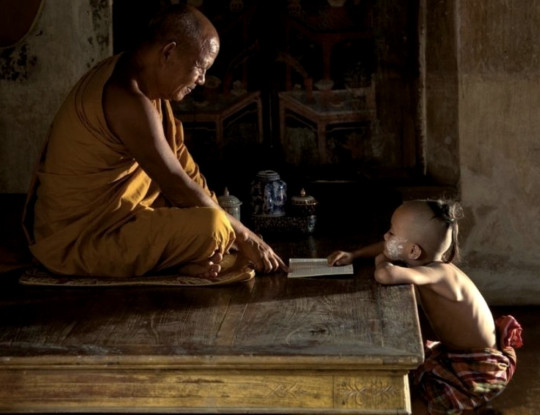
二十三夜堂からのメッセージ Q&A: その2 [その1]
次の質問は、天台宗についてもっと知りたい、日本国外で対面で学ぶ方法を知りたいというものでした:
伝来から1400年余りの年月を経て、日本の歴史文化のなかで、宗派の開祖たちから生まれたのが「日本の仏教。 現在、大きな宗派として存在しているのは、天台宗を含め約13宗派。その中で禅宗は、曹洞宗、臨済宗と黄檗宗の3宗。
中でも代表的なのは、天台宗の開祖の最澄、総本山は比叡山延暦寺、日本に密教をもたらした、真言宗の開祖の空海、総本山は高野山金剛峯寺、そして、坐禅修行のマニュアルとも言われている哲学書「正法眼蔵 (しょうぼうげんぞう)」の著者でマインドフルネスの元祖、曹洞宗の開祖の道元、大本山は永平寺など、が挙げられる。
仏教とは「ブッダの教え」という意味である。当初、全ては口頭で伝えられており文書·経典ができたのはブッダ没後のことだ。今日残っている仏教経典はすべて、ブッダの弟子たちの記憶によって記述されたもの。その間訳者の見解などを通して様々な変形を繰り返し、各国の代表的な教祖が宗派を立ち上げ分かれていった。天台宗はその一つで、最澄が立ち上げた宗派である。因みに私の信頼できる先生は曹洞宗の禅僧だが、彼は宗派に囚われるべきではないと言っている。というのも曹洞宗の開祖である道元禅師が「ブッダの教えは一つであり、宗派に執われるな」と教えていたからだ。
国外で対面学習や仏教思想を学びたいとご希望の方々は、ローカルの仏教寺院、または禅センターを訪ねてみると良いと思います。お決まりのキーワードを叩けば、すぐに見つかります。但し、全てが良い先生とは限りません。自分に合った先生やセンターを根気よく探すことをお勧めします。海外の方々は、日本の仏教学者、鈴木大拙氏の本が比較的手に入りやすいと思います。彼は英語で禅に関する著作を発表し、日本の禅文化を世界に紹介し、また中国語、韓国語、日本語、ベトナム語、サンスクリット語などの多作な翻訳者でした。
実際、私たちが学んでいる「禅」の教えは、これが絶対の真理だという聖典があるわけでも、これが絶対の真理だという教祖がいるわけでもありません。
宗派や文化で師を決めるのではなく、ご自分が共感できる門を叩くのが最良かと思います。もっと言えば、その人はお寺にのみいらっしゃるとも限りません。
107 notes
·
View notes

